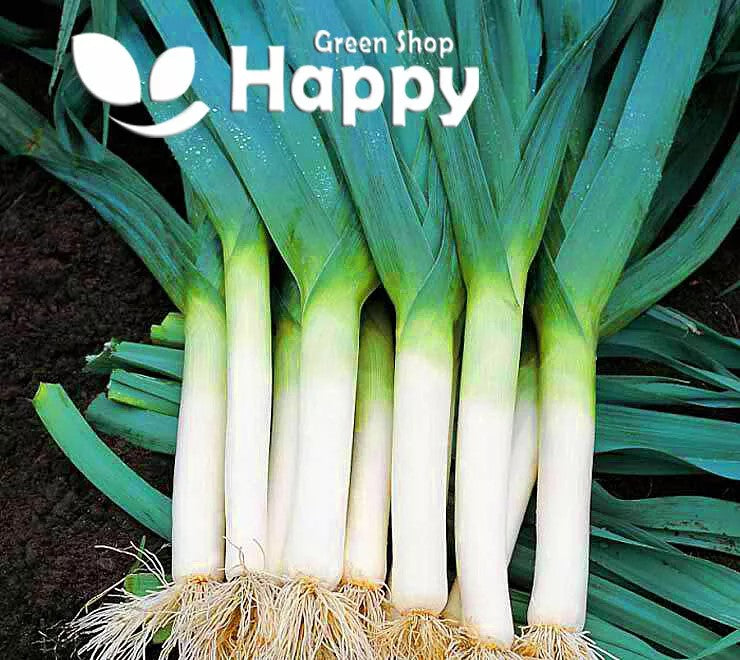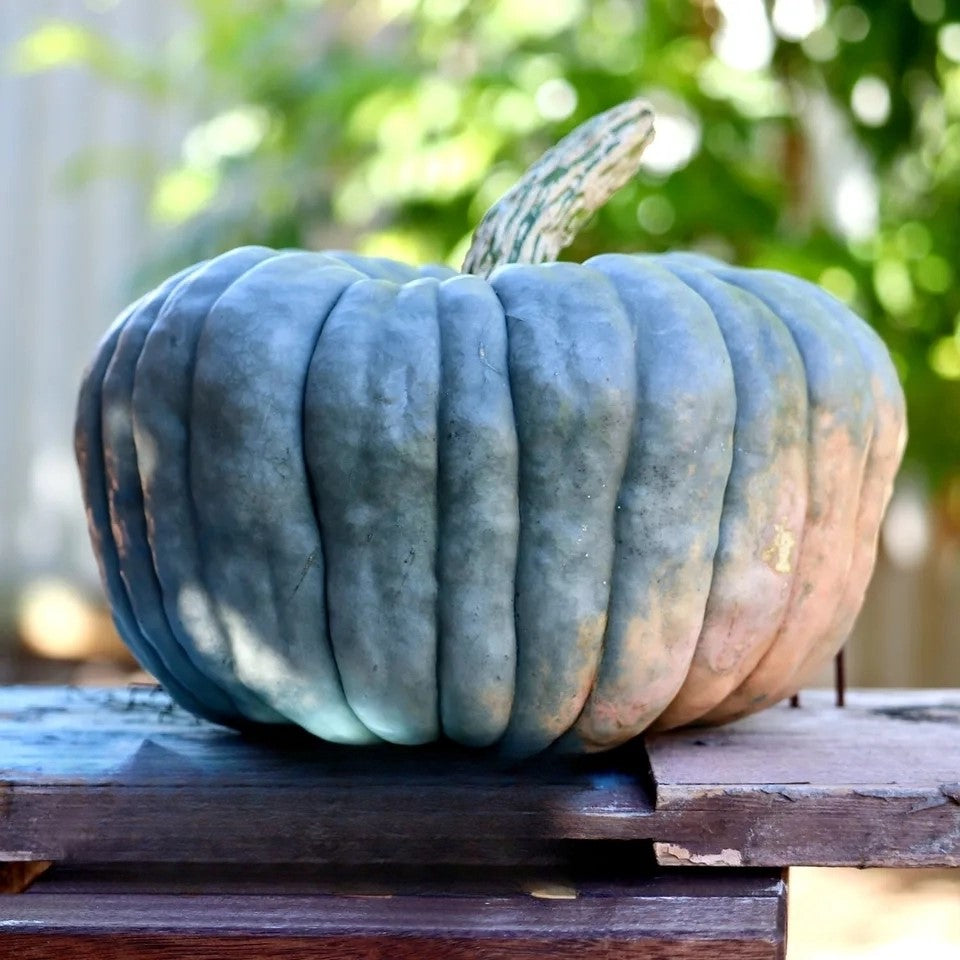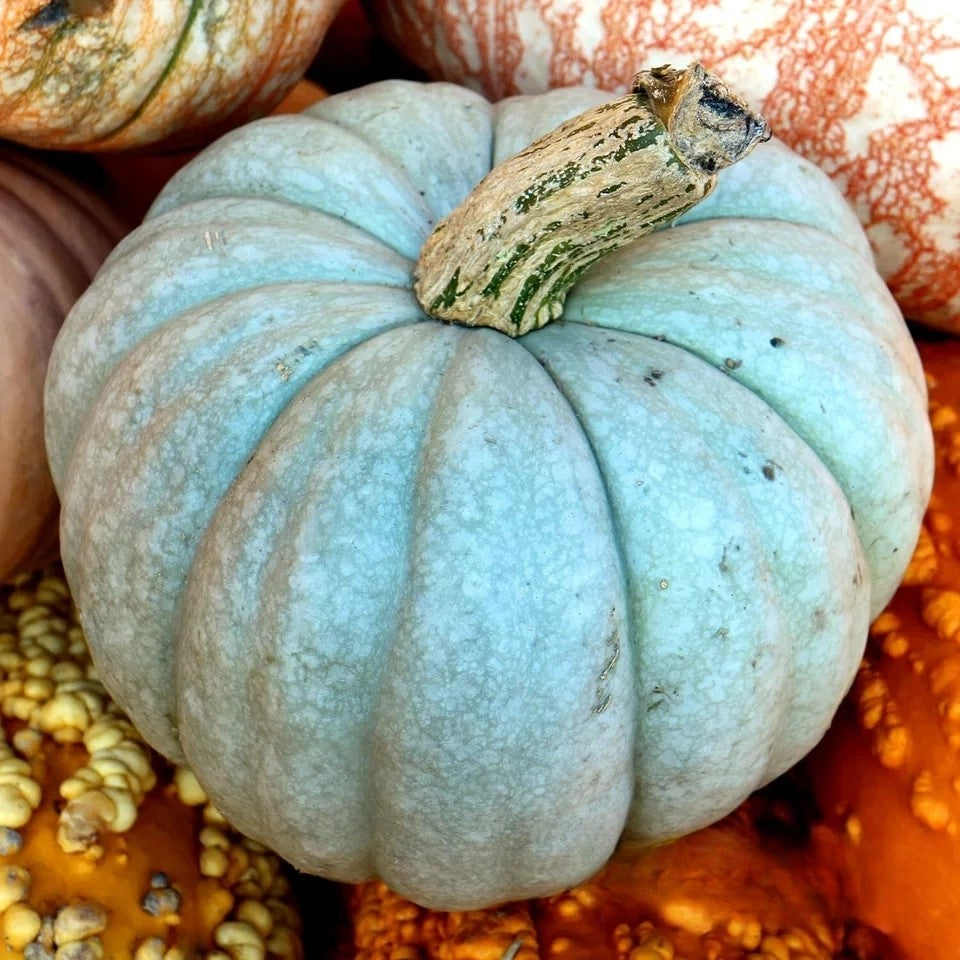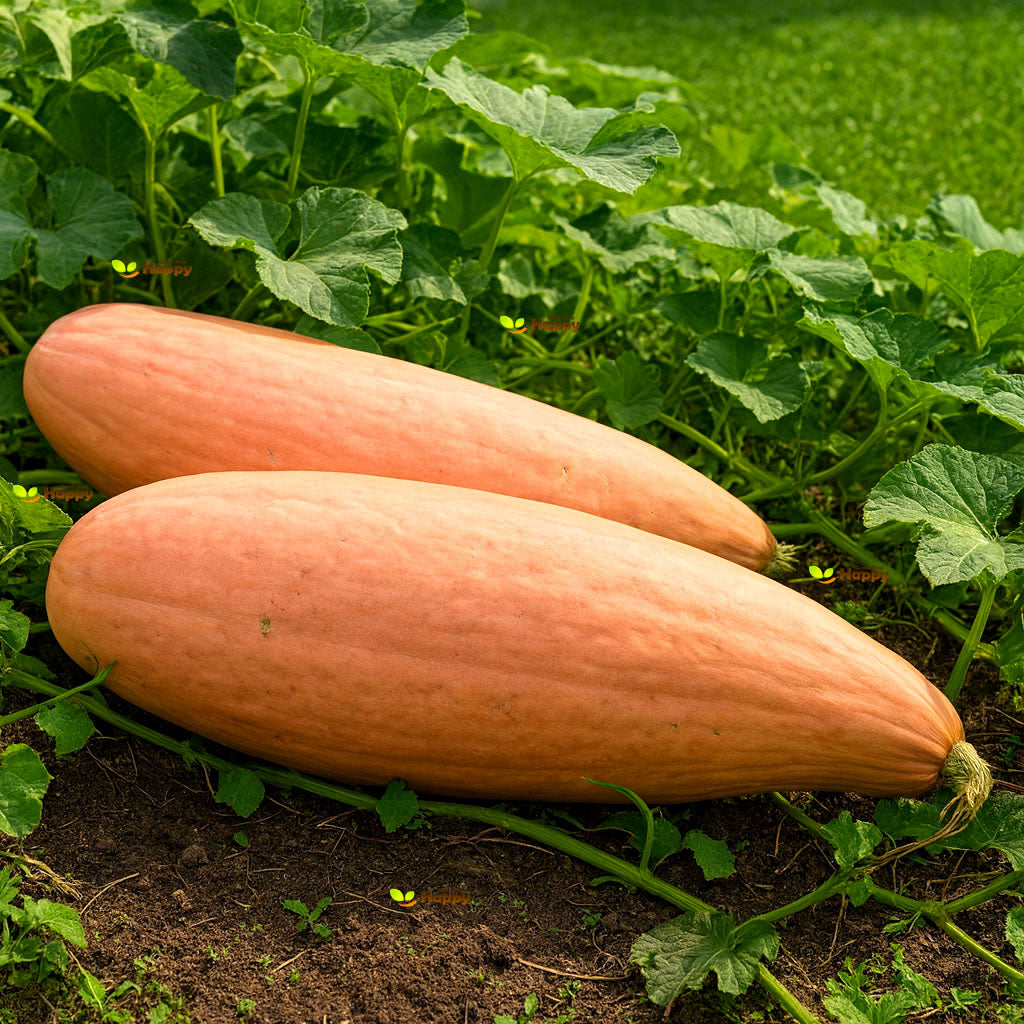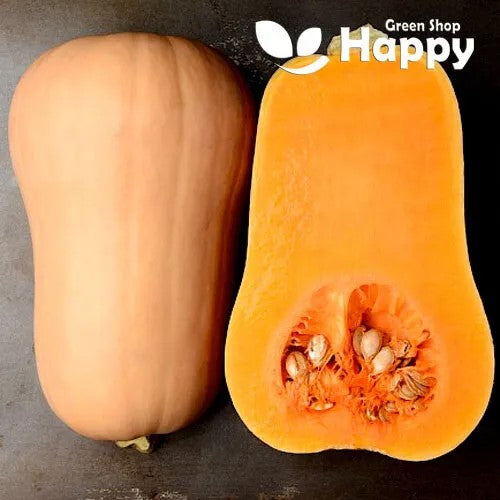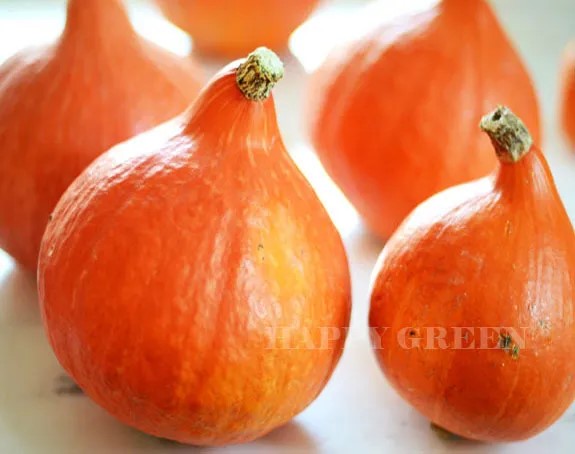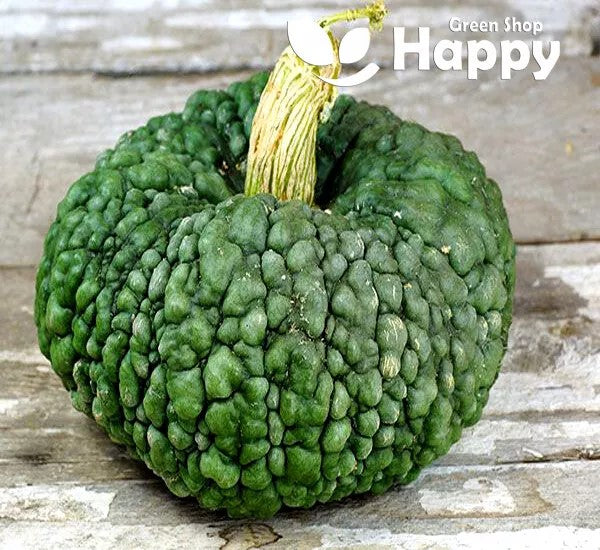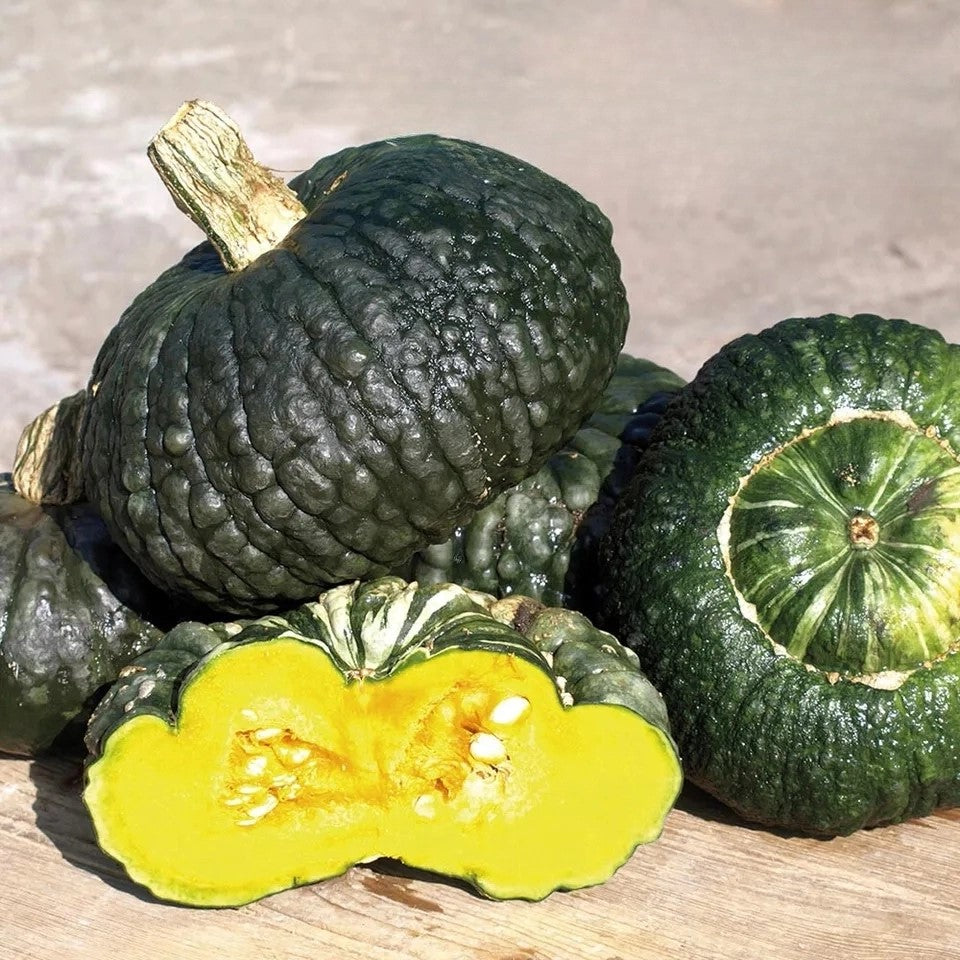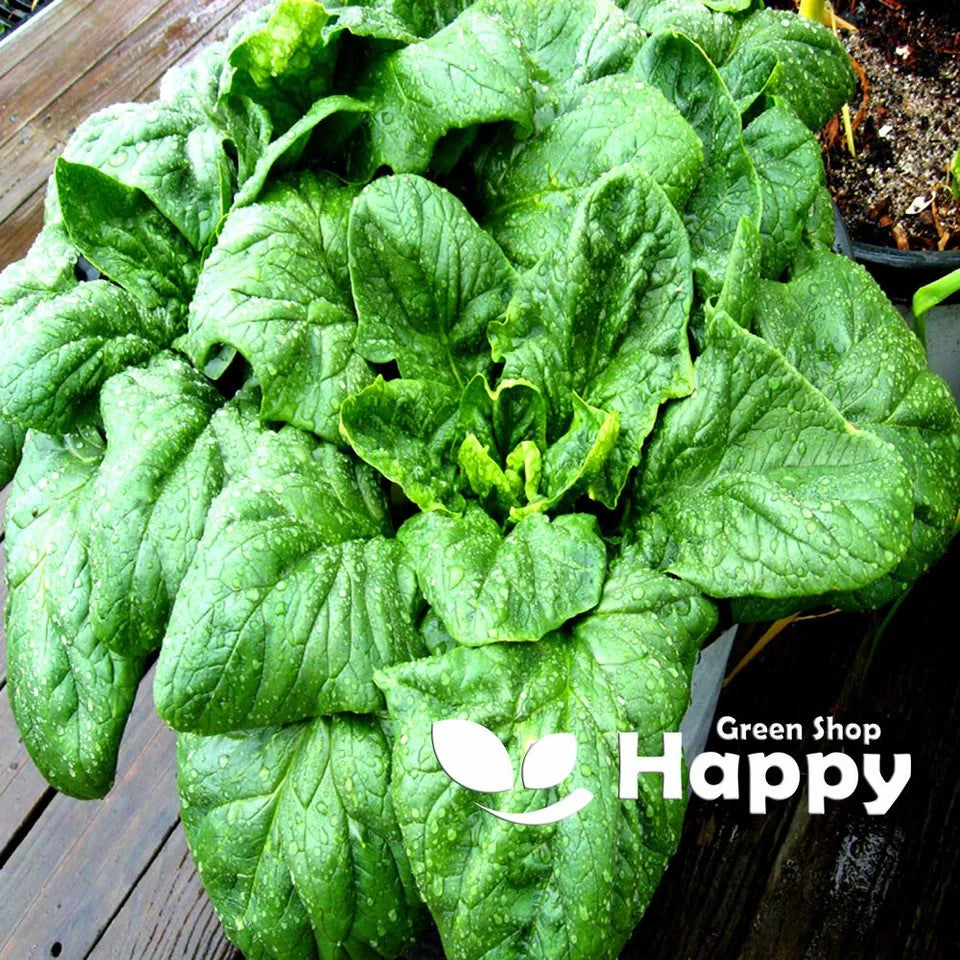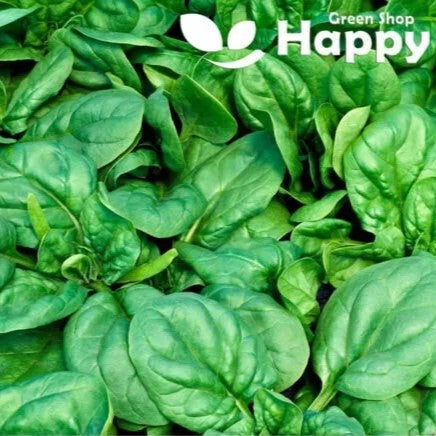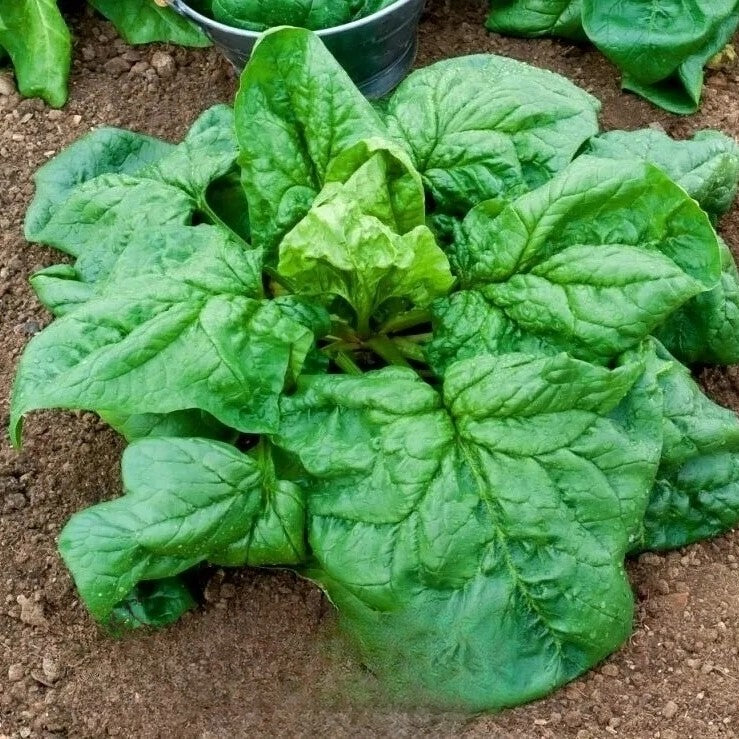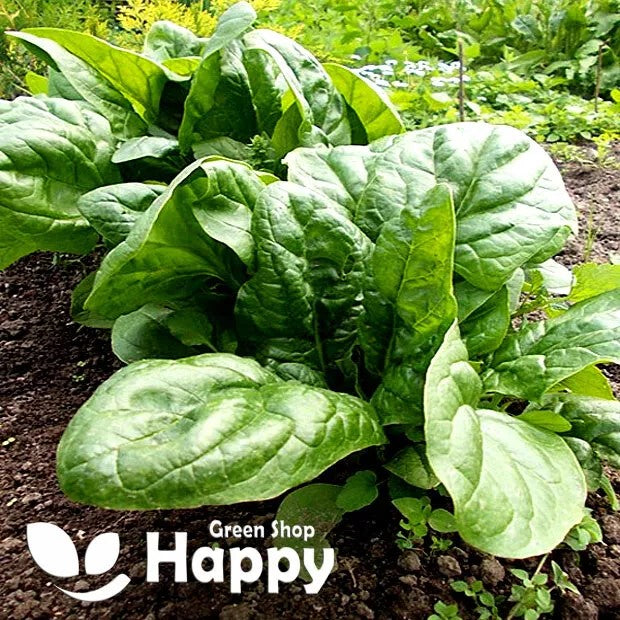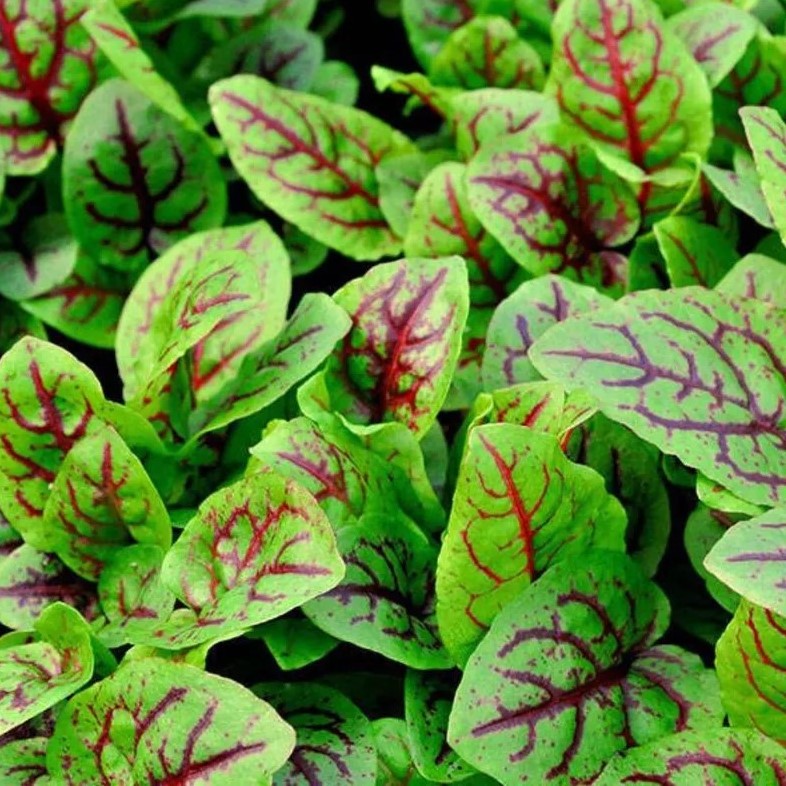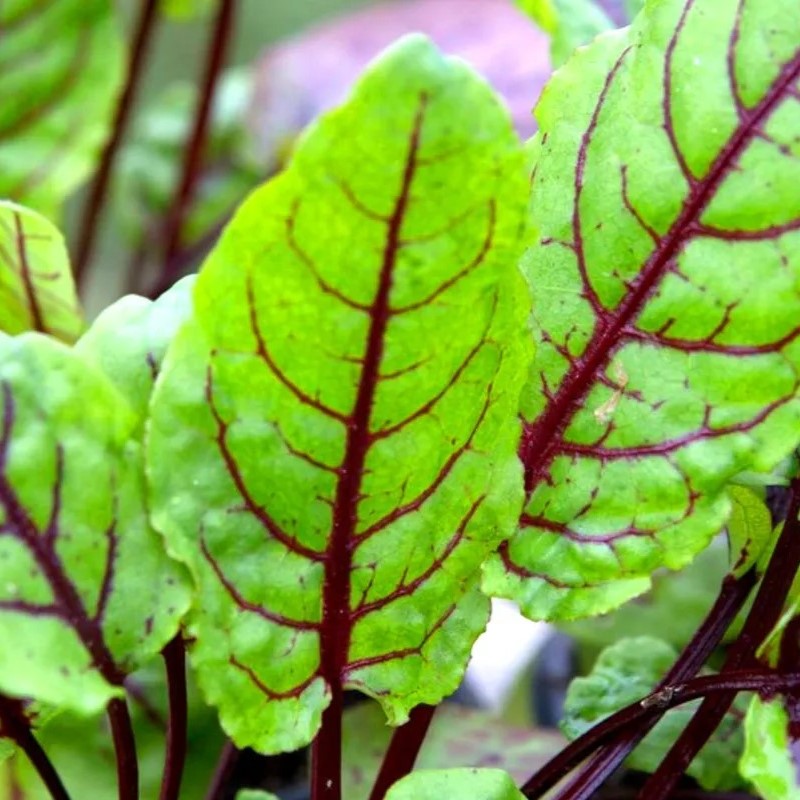Sort by:
97 products
97 products
Squash 'Queensland Blue' – Seeds (Cucurbita maxima)
Squash 'Queensland Blue' is a robust pumpkin variety producing large, flattened, blue-grey fruits with sweet, golden-orange flesh. Its rich flavor makes it perfect for roasting, soups, stews, and baking. Known for excellent storage qualities, it keeps well throughout the winter months.
Ideal for home gardens, allotments, and vegetable patches, this variety combines high yield with a striking appearance and outstanding taste.
How to Grow
-
Sow indoors: March – April
-
Sow outdoors: May – June, after last frost
-
Depth: 2–3 cm
-
Spacing: 100–120 cm between plants
-
Position: Full sun, sheltered from strong winds
-
Soil: Fertile, well-drained, enriched with compost
-
Watering: Regular and deep, especially during fruiting
Key Features
-
Large, flattened blue-grey fruits with sweet, golden-orange flesh
-
Excellent for roasting, soups, stews, and baking
-
High-yielding and vigorous growth
-
Long storage life, ideal for winter use
-
Decorative and versatile vegetable
Harvest
-
Harvesting period: September – November
-
Pick fruits when the skin is hard and fully colored for best storage and flavor.
Short Tip
Leave a few centimeters of stem when harvesting to extend storage life.
Squash ‘Pink Banana Jumbo’ – 10 Seeds
(Cucurbita maxima) – Heirloom Variety
Squash ‘Pink Banana Jumbo’ is a classic heirloom winter squash prized for its massive size, sweet, fine-textured flesh, and excellent storage qualities. The elongated fruits grow up to 60–90 cm long and can weigh up to 20–30 kg, featuring smooth pink-orange skin and richly flavored orange flesh that’s perfect for baking, soups, roasting, and purées.
Key Features
-
Type: Heirloom winter squash
-
Fruit Size: 60–90 cm long, 20–30 kg
-
Color: Pink-orange skin with deep orange flesh
-
Taste: Sweet, smooth, and nutty flavor
-
Days to Maturity: 100–110 days
-
Harvest: Late summer to autumn
-
Storage: Excellent long-term keeper
Ideal For
-
Home gardens and allotments
-
Farmers’ markets and heritage collections
-
Baking, soups, roasting, and preserves
Sowing & Growing
-
Sow indoors: April – May (18–22 °C) in individual pots
-
Plant outdoors: Late May – June after frost
-
Spacing: 100 × 100 cm (allow plenty of room for vines)
-
Position: Full sun in rich, well-drained soil
-
Watering: Regular and consistent moisture for best fruit set
Care Tips
-
Add compost or manure before planting for vigorous growth.
-
Mulch to retain soil moisture and suppress weeds.
-
Harvest when skin hardens and stems begin to dry.
Squash 'Waltham Butternut' Seeds (Cucurbita moschata)
A true garden favorite, Squash 'Waltham Butternut' is a reliable heirloom variety producing pear-shaped fruits with smooth, creamy-orange skin and sweet, nutty flesh. This vigorous plant yields consistently, storing well for months after harvest, making it a staple for soups, roasting, and winter meals.
How to Grow
-
Sow indoors in late spring or directly outdoors after frost.
-
Use fertile, well-drained soil in a sunny, sheltered position.
-
Sow 2–3 seeds per station, 2.5 cm deep, spacing 90–100 cm apart.
-
Thin to the strongest seedling per station.
-
Harvest when fruits turn golden-tan and stems begin to dry.
Key Features
-
Classic butternut squash with pear-shaped fruits
-
Sweet, nutty orange flesh
-
Excellent storage quality for winter use
-
Heavy cropping, vigorous plants
-
Versatile for roasting, soups, and baking
Ideal For
-
Autumn and winter cooking
-
Long-term vegetable storage
-
Home gardens and allotments
-
Nutritious, hearty meals
Sowing
-
Best time: Late spring after frost
-
Depth: 2.5 cm
-
Spacing: 90–100 cm between plants
-
Prefers rich, well-drained soil in full sun
Quick Tip
-
Cure harvested squash in a warm, dry place for 10–14 days to improve sweetness and storage life.
Squash 'Uchiki Kuri' Seeds (Cucurbita maxima)
Discover the gourmet favorite Squash 'Uchiki Kuri', also known as the Red Kuri or Onion Squash. This reliable Japanese variety produces small, tear-drop shaped fruits with vibrant orange skin and rich, nutty-sweet golden flesh. Perfect for roasting, soups, curries, and baking, it’s a versatile squash that stores well for winter use.
How to Grow
-
Sow indoors in late spring or directly outdoors after frost.
-
Prefers fertile, well-drained soil in full sun.
-
Sow 2–3 seeds 2 cm deep in small pots or stations.
-
Transplant or thin to one strong plant per station, 90–120 cm apart.
-
Water regularly and feed for strong growth.
Key Features
-
Traditional Japanese squash with bright orange fruits
-
Nutty, sweet flavor with smooth golden flesh
-
Compact, manageable fruits (1–2 kg each)
-
Stores well for winter use
-
High-yielding and easy to grow
Ideal For
-
Roasting, soups, curries, and baking
-
Winter storage and long-lasting kitchen use
-
Home gardeners seeking gourmet squash varieties
-
Allotments, vegetable beds, or spacious gardens
Sowing
-
Best time: April to June
-
Depth: 2 cm
-
Spacing: 90–120 cm between plants
-
Position: Full sun, fertile soil
-
Harvest: September to October
Quick Tip
-
Cure fruits in the sun after harvest for longer storage life and enhanced sweetness.
Squash 'Marina di Chioggia' – Seeds (Cucurbita maxima)
The 'Marina di Chioggia' squash is a traditional Italian heirloom variety, prized for its rugged, dark green, warty skin and rich, sweet orange flesh. Originating from the coastal town of Chioggia near Venice, this unique pumpkin has been a staple in Italian markets for centuries and is still beloved today for its superb flavor in soups, gnocchi, risottos, and baking.
Its fruits are typically 3–5 kg, round, and deeply ribbed, with a long storage life that makes them excellent for use throughout the winter months. A true standout in the garden and kitchen alike!
How to Grow
. Sow indoors: April – May in pots, 2–3 cm deep
. Transplant outdoors: Late May – June, after frost risk has passed
. Sow outdoors: May – June, directly in the ground
. Spacing: 1 m apart in rich, well-drained soil
. Harvest: September – October, when fruits are fully ripened
Key Features
. Italian heirloom pumpkin with striking warty skin
. Fruits weigh 3–5 kg, perfect for storage
. Sweet, dense, orange flesh – ideal for roasting, soups & baking
. Long-keeping winter squash
. Traditional variety still popular in Venice markets
Ideal For
. Traditional and heritage vegetable gardens
. Chefs and home cooks seeking authentic Italian flavors
. Long-term winter storage
. Eye-catching display in kitchen gardens and autumn harvests
Sowing & Harvesting
. Sow: April – June
. Harvest: September – October
Quick Tip
For best results, feed regularly with compost or organic fertilizer and allow fruits to ripen fully on the vine for maximum sweetness.
Spinach 'America' – Seeds (Spinacia oleracea)
Spinach 'America' is a fast-growing, high-yielding variety with tender, dark green leaves and a mild, slightly sweet flavor. Ideal for fresh salads, sautéing, soups, and smoothies, it performs well in cool weather and is perfect for successive sowings throughout the season. A reliable choice for both beginner and experienced gardeners.
How to Grow
-
Sow seeds directly outdoors from March to July.
-
Plant 1–2 cm deep in fertile, well-drained soil.
-
Thin seedlings to 10–15 cm apart for optimal growth.
-
Prefers full sun to partial shade and consistent moisture.
-
Harvest outer leaves regularly for a continuous supply.
Key Features
-
Fast-growing, high-yielding spinach variety
-
Tender, dark green leaves with mild flavor
-
Thrives in cool weather
-
Ideal for successive sowings
-
Suitable for fresh eating, cooking, and smoothies
Ideal For
-
Salads, soups, and stir-fries
-
Continuous harvesting from home gardens
-
Raised beds, containers, and allotments
Sowing & Harvest
-
Sow: March to July
-
Depth: 1–2 cm
-
Spacing: 10–15 cm
-
Harvest: May to October
Quick Tip
-
Sow every 2–3 weeks to ensure a continuous supply of fresh, tender leaves throughout the season.
Spinach 'Winter Giant' – Seeds (Spinacia oleracea)
Spinach 'Winter Giant' is a hardy, reliable variety that thrives in cooler conditions, producing large, dark green leaves with a tender texture and rich flavor. As one of the best winter spinach types, it’s perfect for autumn sowing and will provide fresh harvests well into the colder months.
Packed with vitamins and minerals, this spinach is ideal for healthy salads, steaming, sautéing, or adding to soups and casseroles.
How to Grow
. Sow directly outdoors from August to October for overwintering crops
. Space seeds 5 cm apart, thinning seedlings to 10–15 cm apart
. Prefers fertile, well-drained soil in full sun or partial shade
. Keep soil moist to prevent bolting and ensure tender leaves
. Harvest young leaves regularly to encourage continuous growth
Key Features
. Hardy winter variety, excellent for cool-season growing
. Large, deep green leaves with great flavor
. Rich in vitamins A, C, and iron
. Ideal for salads, cooking, and freezing
. Reliable harvests even in colder weather
Sowing & Harvest
. Sow from August to October
. Harvest from October to March
Short Tip
Pick leaves regularly when young and tender for the best flavor and continued production.
Spinach 'Matador' – Seeds
(Spinacia oleracea) – Fast-Growing, Productive Variety
Spinach 'Matador' is a vigorous and reliable variety producing large, dark green, smooth leaves with a tender texture and rich flavor. It is well-suited for both spring and autumn sowings, offering multiple harvests of vitamin-rich leaves. This cold-hardy variety is slow to bolt, making it a favorite for home gardeners and kitchen use.
Key Features
-
Type: Leafy annual vegetable
-
Height: 20–30 cm
-
Leaves: Large, smooth, dark green, tender
-
Flavor: Mild, rich, and slightly sweet
-
Harvest: 40–50 days after sowing
-
Special: Good resistance to bolting
Ideal For
-
Fresh salads, smoothies, and juicing
-
Steaming, sautéing, and soups
-
Continuous cut-and-come-again harvest
-
Home gardens, allotments, and pots
Sowing & Growing
-
Sow outdoors: March–May and August–September
-
Spacing: 20–30 cm between rows; thin to 10 cm between plants
-
Soil: Fertile, moist, well-drained soil
-
Sunlight: Full sun or partial shade
-
Watering: Keep soil consistently moist to avoid bolting
Care Tips
-
Harvest young leaves regularly for best taste.
-
Provide light shade in hot summers.
-
Mulch to keep soil cool and retain moisture.
Sorrel 'Bloody Dock' – Seeds (Rumex sanguineus)
Sorrel 'Bloody Dock' is a striking perennial herb known for its vibrant red-veined leaves and tangy, lemony flavor. Perfect for salads, soups, sauces, and garnishes, it adds both visual appeal and a refreshing zest to culinary creations.
Easy to grow and hardy, this variety thrives in garden beds, borders, or containers, providing both ornamental beauty and flavorful leaves throughout the growing season.
How to Grow
-
Sow outdoors: March – June
-
Plant spacing: 20–25 cm between plants
-
Position: Full sun to partial shade
-
Soil: Moist, fertile, well-drained soil
-
Care: Water regularly; remove older leaves to encourage new growth
Key Features
-
Perennial herb with striking red-veined leaves
-
Tangy, lemony flavor perfect for salads, soups, and sauces
-
Hardy and easy to grow
-
Suitable for garden beds, borders, or containers
-
Adds both ornamental and culinary value
Harvest
-
Harvesting period: 50–70 days after sowing
-
Pick young leaves regularly for the best flavor and tender texture.
Short Tip
Harvest leaves from the outer edges to encourage continuous growth and maintain vibrant color.
Showing 27/97

